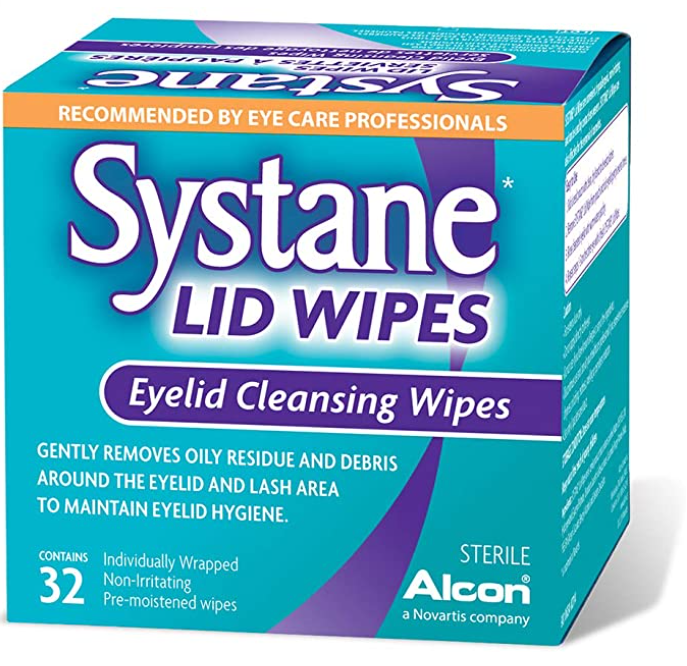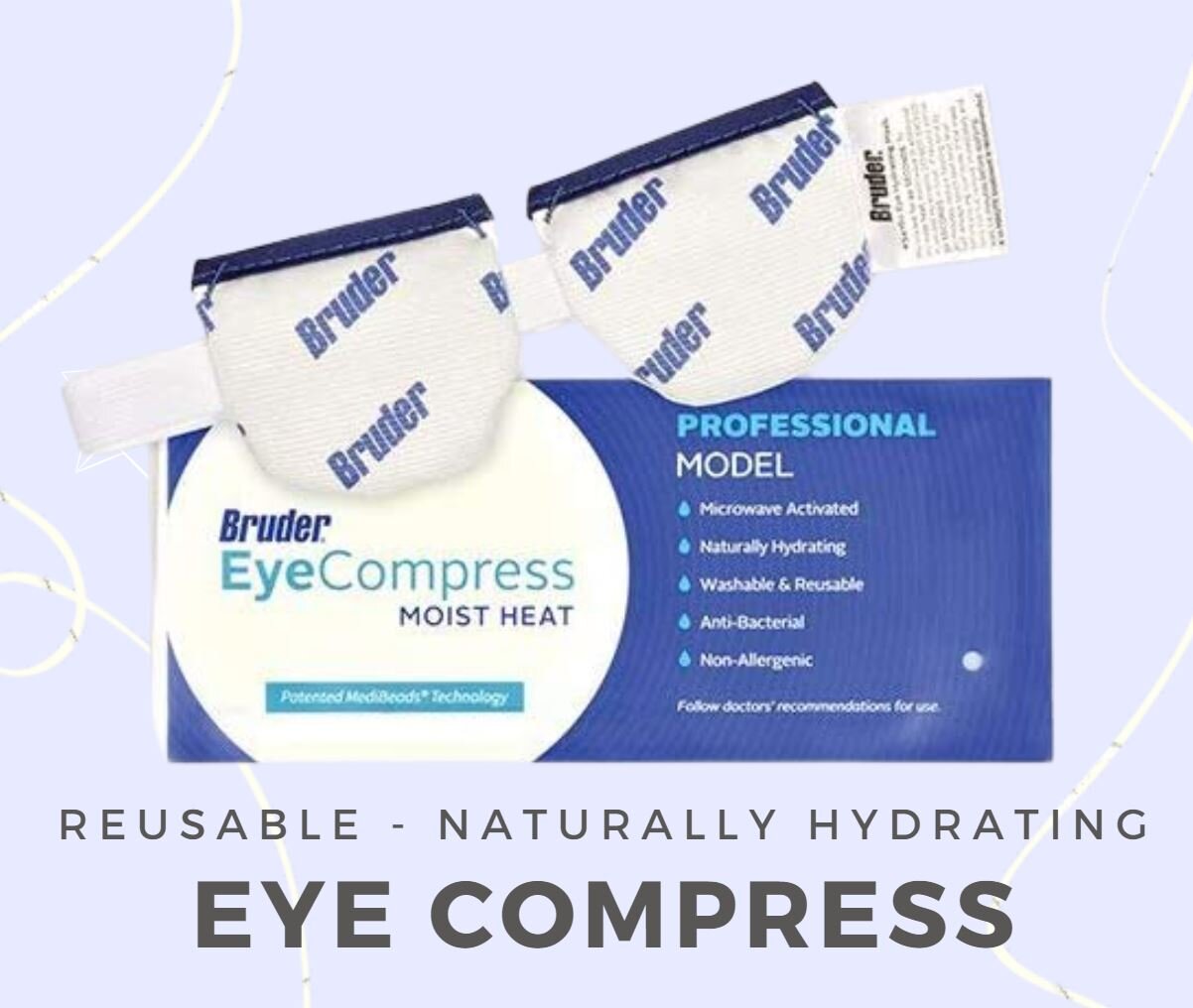3 Steps you should take to treat eyelid bumps: Chalazions & Styes
Michael Ng
Chalazion vs Stye
A Chalazion is simply a lump or bump that develops on the eyelids from a blocked eyelid gland. It is generally not infectious. It often starts red and swollen pea-size lump that is painless. A stye (or horodeolum) is infectious. It is often painful and swollen with discharge. If left untreated, a stye can infect surrounding tissues, which is then called preseptal/orbital cellulitis depending on the depth of tissues infected. At this stage, vision is often compromised and oral medication is required. If the infection subsides and contained, a stye can also result as a chalazion.
There are 2 types:
External hordeola - are acute bacterial infection of the superficial Zeis or Molls
Internal hordeola - are acute bacterial infection of the deeper meibomian glands
These infections are usually staphylococcal.
Can styes be caused by stress?
There is no scientific evidence to say that stress is directly linked to formation of styes. However, lack of sleep often is linked to stress which makes you more susceptible to infection. If you’re tired or stressed, you may not follow good lid hygiene and proper hand washing.
STEP 1 - At Home Therapy
FOR PATIENTS
You should know that most are self-limiting and should resolve on its own without intervention. However, active intervention can help aid in quicker resolution.
CLEAN EYE LIDS OFTEN
The best way to do this is to clean infected area with cleansing lid wipes. This will remove any exterior bacteria and keep the wound clean. Keeping the lids clean regularly can also reduce blepharitis - inflammation of the eyelids (aka dandruff of the eye). You can do this by applying some baby shampoo onto cotton rounds and wiping it on your eyelids. Do not use hand soap or any harsh soap with chemicals. Alternatively, you can purchase commercial eyelid wipes that are made to keep the eyes clean. See products below. Systane Lid Wipes are the most common commercially available eye lid wipes. Individually packaged wipes, which you would remove and apply on the eyelid margins and rinse with water afterwards. Preservative-free options include the I-LID' 'N LASH® PLUS wipes and NACLINO™ Lid Wipes.
DAILY HOT COMPRESSES
Traditionally, you can do this by soaking a clean face cloth under hot water and then applying it to the eyelids. However, the best way is to do hot compresses is with an eye mask for 10-15 minutes, 2-4 times daily. A commercial eye mask will hold the heat 10x longer than traditional face cloths and much easier to use, such as the Bruder Eye Mask or I-RELIEF Eye Mask which you must have a microwave to heat for 10 sec. If you do not have a microwave, can consider the Aroma Season Moist Heated Mask with Flax seed and USB charger or Panasonic Facial Steamer. The facial steamer will apply moisture and heat to warm up the eyelids. Once the eyelids are warm, you can apply a gentle massage over the eyelid margins by using your fingers to massage in a circular or up and down fashion.
STOP CONTACTS WEAR
Switch to glasses for now. Dispose contact lenses that have been used. When the infection has resolved, you may go back to contact lens wear. Make sure to also clean you contact lens case and avoid any make-up around the eyes for now.
STEP 2 - Seek an Optometrist
FOR PATIENTS
If it’s red and painful, maybe swollen with discharge, then it’s probably an infection. It’s time to seek a professional to take a look and check it out.
Depending on the situation, the doctor may prescribe antibiotic eye drops or in more severe cases oral antibiotics.
FOR DOCTORS
Topical Antibiotic is normally recommended as a prophylactic for external infections.
Consider an oral Antibiotic for recurrent and severe cases that infect internally.
Erythromycin 250mg PO QID x 7-10 days
Amoxicillin chewable tablets 250 mg q8h x 7-10d
Amoxicillin capsules 500 mg q8h x 7-10d
Clavulin 500 mg q8h x7-10d
Doxycycline and azithromycin are two additional antibiotics that help reduce swelling and inflammation of the oil glands, which is one of the major causes in the formation of styes and chalazia. Doxycycline is often used to treat chronic blepharitis, meibomian gland dysfunction (MGD), and acne rosacea.
Apprilon (doxycycline monohydrate) 40 mg
Periostat (doxycycline hyclate) 20 mg capsules
Vibramycin (doxycycline hyclate) 100 mg capsules
Vibra-Tabs (doxycycline hyclate) 100 mg tablets
Zithromax (azithromycin) tablets: 500 mg qd x 1 day, then 250 mg qd x 4 days
For under 6 years old and < 40lbs consider:
Amoxicillin Pediatric Suspension 250mg/5mL PO q8h x 7-10d
STEP 3 - Surgical Interventions
FOR DOCTORS
Epilation (removal) of the associated lash follicle may allow spontaneous drainage for external infections only.
Surgical incision and drainage with needle may be needed for chalazions that are recurrent. The surgeon would create a small incision and drain the inner side of the eyelid bump. The entire capsule of the sac is removed so that it does not come back as easily. Antibiotic drops and oral tablets will be required. A full recovery usually takes about a week or two. This is an out-patient procedure, so you can return home after the procedure.
References & Further Readings
https://www.reviewofoptometry.com/article/take-your-lumps
https://www.reviewofoptometry.com/article/stye-vs-stye
https://www.aoa.org/patients-and-public/eye-and-vision-problems/glossary-of-eye-and-vision-conditions/chalazion
https://www.reviewofoptometry.com/article/options-in-chalazia-management
https://www.merckmanuals.com/en-ca/professional/eye-disorders/orbital-diseases/preseptal-and-orbital-cellulitis
https://www.aao.org/eye-health/ask-ophthalmologist-q/how-can-i-treat-my-recurring-styes
https://opto.ca/health-library/hordeolum-styes#:~:text=For%20this%20to%20occur%2C%20warm,with%20your%20Doctor%20of%20Optometry.
https://www.college-optometrists.org/guidance/clinical-management-guidelines/hordeolum.html
















